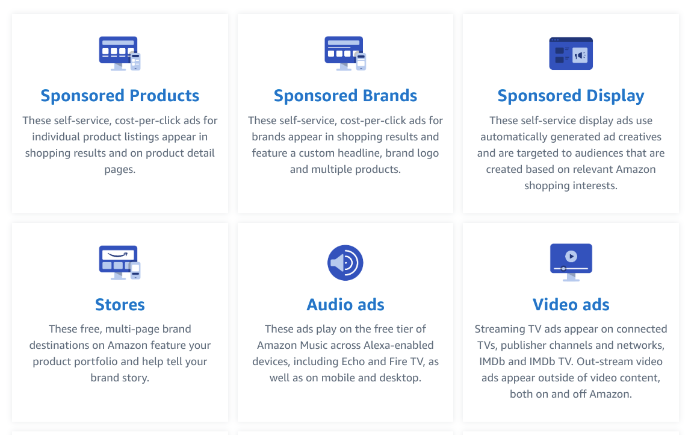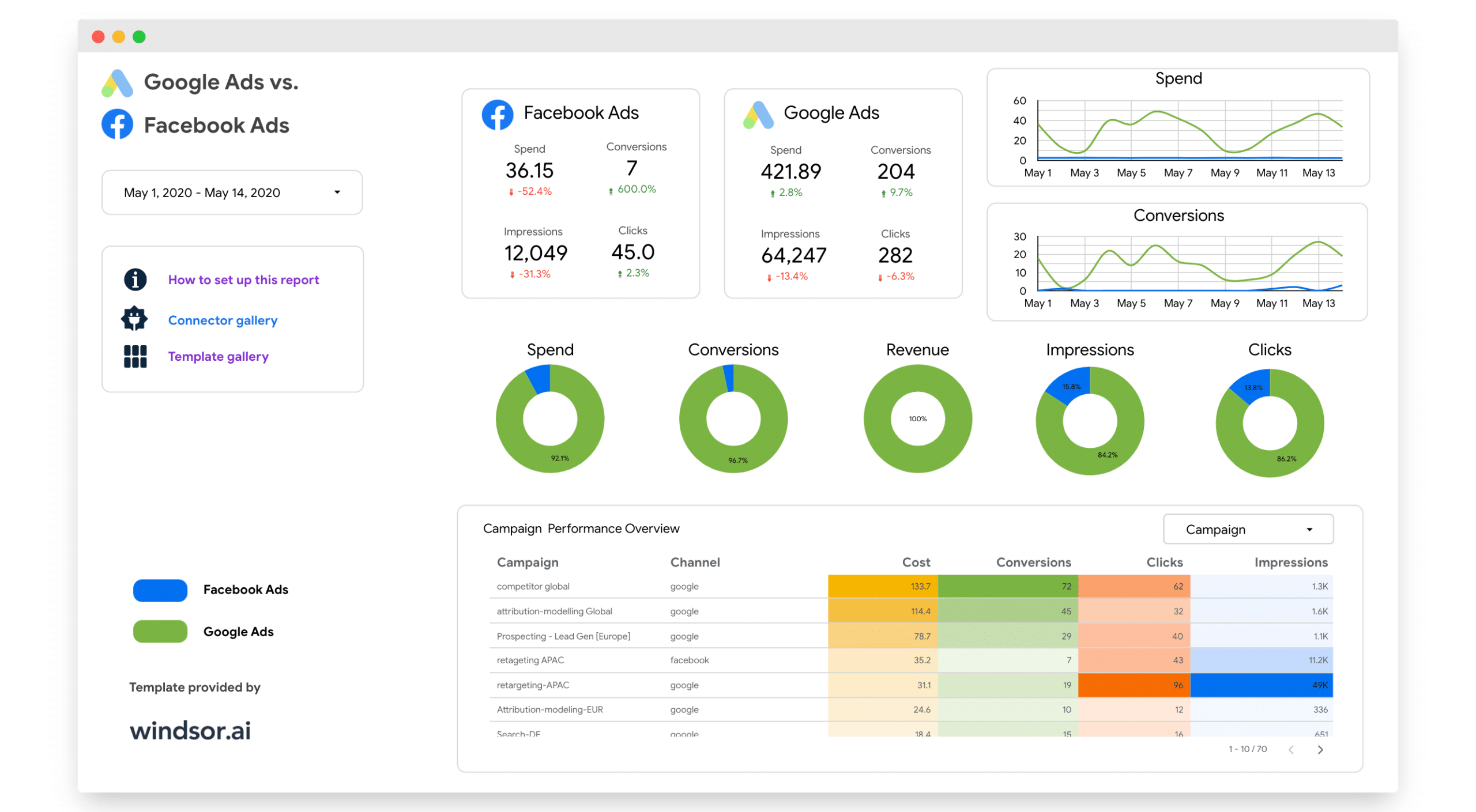
A few key points are necessary to set up a display network campaign. You can reduce your CTR (cost per click) and increase conversion rates by using descriptive ads. Track branded searches to track them and then use remarketing to reach your targeted audience. If you're new to the display network, this article will give you some tips on how to get started.
How to set up a display advertising network campaign
It is important to target a specific audience when creating a display network campaign. For example, you could target people who are searching for tennis rackets. Your ad content should be related to the product description. Next, set a default bid, which is the amount you'll pay for a single click.
Although display advertising may seem complicated at first glance, it is actually not as difficult as most marketers think. Follow some tried and tested tips to increase your chances of success. You can find answers to any questions in the Google Display Network Guide. This guide also addresses the various types of ads including text ads.
Establishing a display network advertising group
First, you must create an AdWords campaign for the Display Network. Choose a name for your campaign. Next, choose "No marketing purpose: All features." You can select a general area or a targeted geographic targeting such as a state or city. An ecommerce site may choose to post in a wide area while a chiropractor and dentist might select a narrower area.

Display advertising is a great way to reach customers early in the purchasing cycle. Display ads reach a wider audience than search ads. You can target your audience by interests and demographics. This helps ensure that your ads are served to people who are most likely to convert. Google's Display Network covers over two million websites and reaches over 90% of the global internet population.
Choose the size of your advertisement
Your display network campaign must be effective. You should choose an ad that fits your website. Some sites prefer to see smaller ads while others like larger ads. Remember to consider mobile devices when deciding on the size of your ad. Users tend to view ads on mobile devices.
Not only is it important to determine the results of your display network campaign but also because Google has its own guidelines about the size and format of ads. Ad files must not exceed 150KB.
Targeting
An important aspect of any successful advertising campaign is targeting display networks campaigns. Display network advertising allows you to target customers who are actively searching for a product or a service. This type of marketing allows you to display ads on websites based upon your ideal customers' demographics or interests. Make sure that your ads reach the right people to ensure a successful campaign.
Google Display Network has an extensive targeting tool. Target users based upon topics, interests, or hobbies. You can also create custom audiences by using keywords.

Budgeting
Budgeting for your Google Display Network campaign will help you to reduce expenses and optimise your campaign. A campaign budget allows you to quickly modify the campaign's parameters if necessary to maximize results and minimize expenditures. There are many budgeting strategies, including daily and monthly budgets, as well as total budgets.
You may choose to use the Google display network if you are looking to reach more people. It allows you to reach more users across over three million websites and apps. A display campaign can help you reach users who are less likely than users who clicked on a hyperlink in a search-engine campaign to get to your site. These people are more likely to purchase your product or service and are less likely to leave your site without a conversion.
FAQ
What is affiliate marketing?
Affiliate marketing allows you to make money by referring people to other websites that sell products or services. The product owner pays you when someone buys from you.
Affiliate marketing is based on referrals. People don't need to do anything to purchase from you. All they have to do is to refer them the website.
You can make money without doing any hard selling at all. Selling is as easy as buying.
It takes just minutes to set up an account as an affiliate.
Referring as many people as possible will increase your commission.
There are 2 types of affiliates.
-
Affiliates who are the owners of their own websites
-
Affiliates who work for companies that offer products and services.
Is there a way to get no cost traffic?
Free traffic refers to traffic which comes directly from organic search results. This type of traffic is called natural or organic traffic. There are many ways you can get free traffic.
Article Marketing is one of the most popular methods of getting free traffic because articles have an extremely low cost per click (CPC). The CPC is usually very cheap compared to paid ads. Article marketing is also referred to as content marketing.
Social Media Marketing- You can promote your business using social media sites like Facebook and Twitter. These platforms allow you to share updates, photos, and establish relationships with potential customers. Many businesses pay to advertise on social media sites because they want to reach more people at a cheaper price.
Blogging – Another way to generate traffic for free is to blog. You'll attract visitors if you write quality content that people enjoy reading. You can sell products and services once you have attracted visitors to your blog.
Email Marketing: Email marketing is a proven method to increase traffic to your website. You can grow your list and eventually sell to subscribers by sending them emails frequently.
Advertising: What does it mean?
Advertising is an art. Advertising is more than selling products. It's about building emotional connections between brands and people.
Advertising is about communicating ideas through images and stories.
You have to make sure you are communicating clearly and persuasively. You must tell a story that is relatable to your target market.
Advertising is different than other communication methods, such as writing or public speaking.
You are building a brand identity when you run a successful advertising campaign.
This is how you make yourself memorable. You become someone who people want to remember.
What is branding exactly?
Your brand is your way of communicating who you are as well as what you stand behind. It's how people remember you and your name.
Branding is about creating a memorable brand identity for your company. A brand is not just a logo but also includes everything from your physical appearance to the tone of voice used by employees.
Because they are confident they will get what they want, a strong brand can help customers feel more comfortable buying from you. Customers feel confident in choosing your products to those of their competitors.
Apple is a great example of a brand-named company. Apple's brand is recognized worldwide for its clean design, high product quality, and great customer support.
Apple's name is synonymous with technology. Apple is what people think about when they see a smartphone, computer or tablet.
It is a good idea to create a brand prior to starting a new company. This will give your company a face and personality.
How do I choose my target market?
Begin with you and your closest friends. Do you not know where to start? Ask yourself "Whom do I want to reach?"
Ask yourself these questions. Who are the most influential people within my industry? What are the problems they face daily? Which people are the most intelligent in my industry? Where do they hang out online?
Go back to the beginning when you started your business. Why did you start? What was your problem and how did it solve?
These answers will help you identify who your ideal clients are. You'll also learn more about what makes them tick and why they buy from you.
To get clues about who they cater to, you can also check out your competitors' social media pages and websites.
Once you have identified the target customers, it is time to decide what channel(s) you want to use to reach them. An example: If you provide services to realty agents, you may create an informational website for home buyers.
If you provide software to small businesses, you could develop a blog targeting those companies' owners.
If you sell clothing, you could create a Facebook page for teens. If you own a restaurant, you can set up a twitter account to provide information for parents searching for child-friendly options.
The important thing is that you have many options for getting your message across.
What is advertising's primary purpose?
Advertising is not just about selling products; it's also about creating an emotional connection between you and your customers.
Advertising is about communicating ideas and values to people who are already interested in what you have to offer. Advertising is about changing minds and attitudes. It's about building connections.
It is all about making people feel good.
You can't sell to your customers if you don’t know their needs.
You must first get to know your customer before you can start advertising projects.
This will allow you to create ads that resonate with your target audience.
What should you know about radio advertising
You should understand how the different types of media affect each other. All media forms can be considered complementary, rather than competing.
Radio is best utilized as an extension to TV advertising. Radio can complement TV advertising by reinforcing key messages, and providing additional information.
Radio listeners are often not able to handle long TV commercials. Radio ads are typically shorter and less costly.
Statistics
- Advertising spending as a share of GDP was about 2.9 percent. (en.wikipedia.org)
- This means that at least 50% of an ad needs to be shown on the screen for at least one second. (quicksprout.com)
- In 1919 it was 2.5 percent of gross domestic product (GDP) in the US, and it averaged 2.2 percent of GDP between then and at least 2007, though it may have declined dramatically since the Great Recession. (en.wikipedia.org)
- Google will display whichever ad type (CPM or CPC) is expected to earn more revenue for the publisher, which is in Google's best interest since they take a 32% share of the revenue. (quicksprout.com)
External Links
How To
How do I place my advertisement on a billboard
Billboards have been around since the late 1800s, but they were first made popular during World War II when they became standard fixtures along roadsides and highways. Text advertising is the most common form of billboards, but some include artwork or photographs. Although most billboards remain static, some display messages that change frequently, such as weather forecasts and stock prices or news about political events.
Billboards most often are found outside, but there are indoor versions. Most outdoor billboards are seen by traffic at least once per day. Indoor ones are only visible once or twice a year. The most common type of outdoor billboard is called a "cubic" billboard because it is composed of three layers -- two sheets of glass sandwiching a layer of fiberglass mesh. This allows air flow through the billboard and keeps it cool in summer and warm in winter.
Billboard Advertising Inc. has many of North America's most prominent billboard advertising firms. Advertisers pay them to advertise on their billboards. These companies then offer space on their billboards for advertisers. These spaces can be purchased by advertisers based upon how much advertising they are willing to spend. They often choose the best locations for their ads based on where people drive and walk the most.
Billboard Advertising Inc. also sells ad space. They have contracts with local governments for signs to be erected on city property. Some cities allow billboards to be placed anywhere, while others limit them to specific areas. Chicago, for example requires that billboards are no higher than 1,000 feet from any highway. Other cities stipulate that billboards must be at least 500 feet away from any school or church.
Billboard Advertising Inc. has contracts to promote products and services throughout the United States, including Florida, California, Nevada, Texas, Arizona, New Mexico, Colorado, Washington, Oregon, Idaho, Utah, Wyoming, Alaska, Hawaii, Canada, Puerto Rico, Guam, Virgin Islands, and American Samoa.